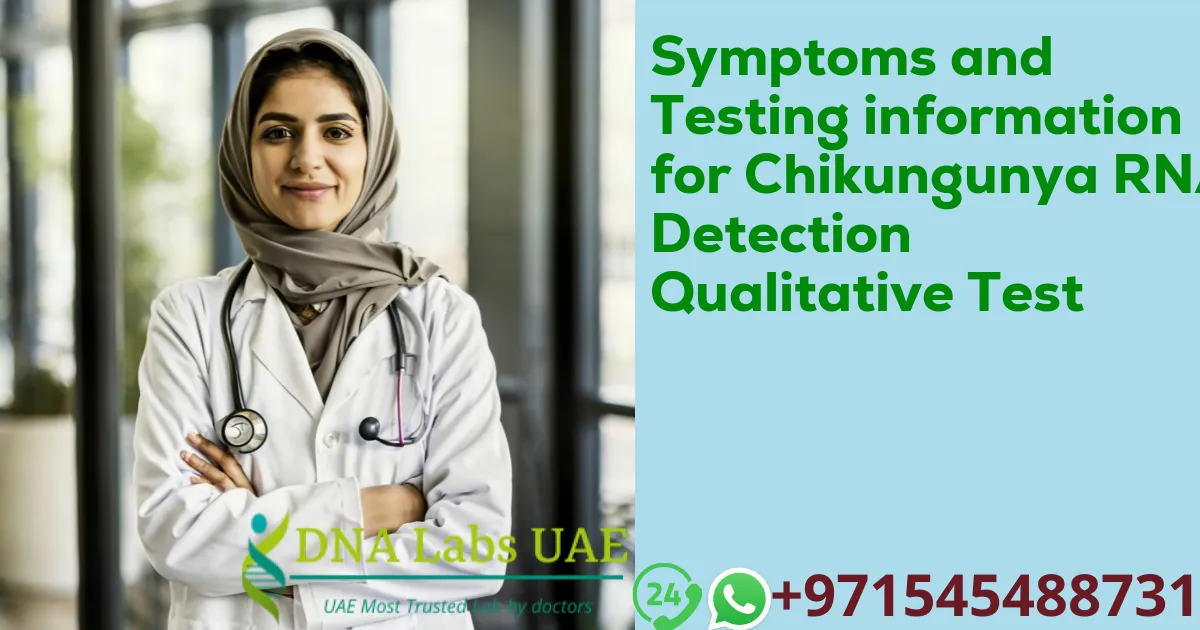Chikungunya is a viral disease transmitted to humans by infected mosquitoes. It causes fever and severe joint pain. Other symptoms include muscle pain, headache, nausea, fatigue, and rash. The disease shares some clinical signs with dengue and zika, making it challenging to diagnose without specific tests. The Chikungunya RNA Detection Qualitative Test is a critical tool in identifying the presence of the Chikungunya virus, ensuring prompt and appropriate treatment.
The test is designed to detect the virus’s RNA through a qualitative analysis, which means it will indicate whether the virus is present in the patient’s blood but not the quantity of the virus. This is particularly useful in the early stages of infection when the viral load might be low but still detectable. Early detection is crucial for managing symptoms and preventing the spread of the virus.
Symptoms Leading to the Test
Recognizing the symptoms that might necessitate the Chikungunya RNA Detection Qualitative Test is important for timely diagnosis. These symptoms include:
- Sudden onset of fever
- Severe joint pain, often in the hands and feet
- Muscle pain
- Headache
- Nausea
- Fatigue
- Rash
These symptoms can be debilitating and vary in intensity among individuals. In some cases, joint pain may persist for months or years, leading to chronic pain and disability. Hence, it is crucial to detect the virus early to manage and alleviate these symptoms effectively.
Understanding the Test Process
The Chikungunya RNA Detection Qualitative Test involves collecting a blood sample from the patient. This sample is then analyzed in the laboratory using sophisticated techniques to detect the presence of Chikungunya virus RNA. It is a highly sensitive test that can identify the virus even in the early stages of infection, providing a reliable diagnosis for the patient.
Cost of the Test
The cost of the Chikungunya RNA Detection Qualitative Test is 510 AED. While the cost may vary slightly depending on the location and additional administrative fees, it is a valuable investment in your health. Early detection and diagnosis can lead to more effective management of the disease, reducing the risk of complications and the spread of the virus to others.
Conclusion
The Chikungunya RNA Detection Qualitative Test is an essential tool in diagnosing Chikungunya virus infections. Its ability to detect the virus’s RNA qualitatively ensures that individuals can receive a timely diagnosis, leading to better disease management and care. Recognizing the symptoms early and opting for the test can significantly improve patient outcomes. If you or someone you know is experiencing symptoms consistent with Chikungunya, consider taking the test. For more information and to schedule a test, please visit DNA Labs UAE.



